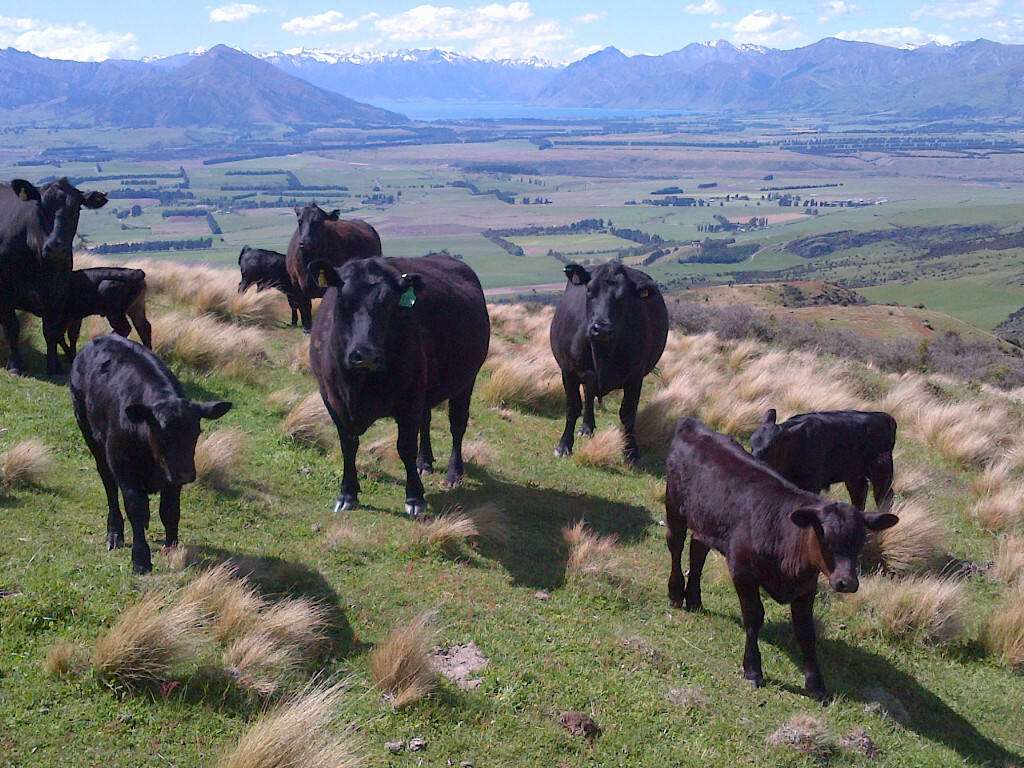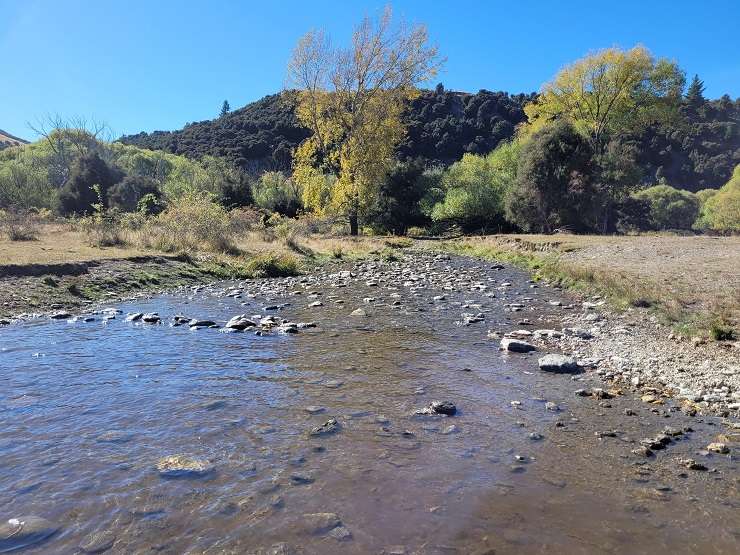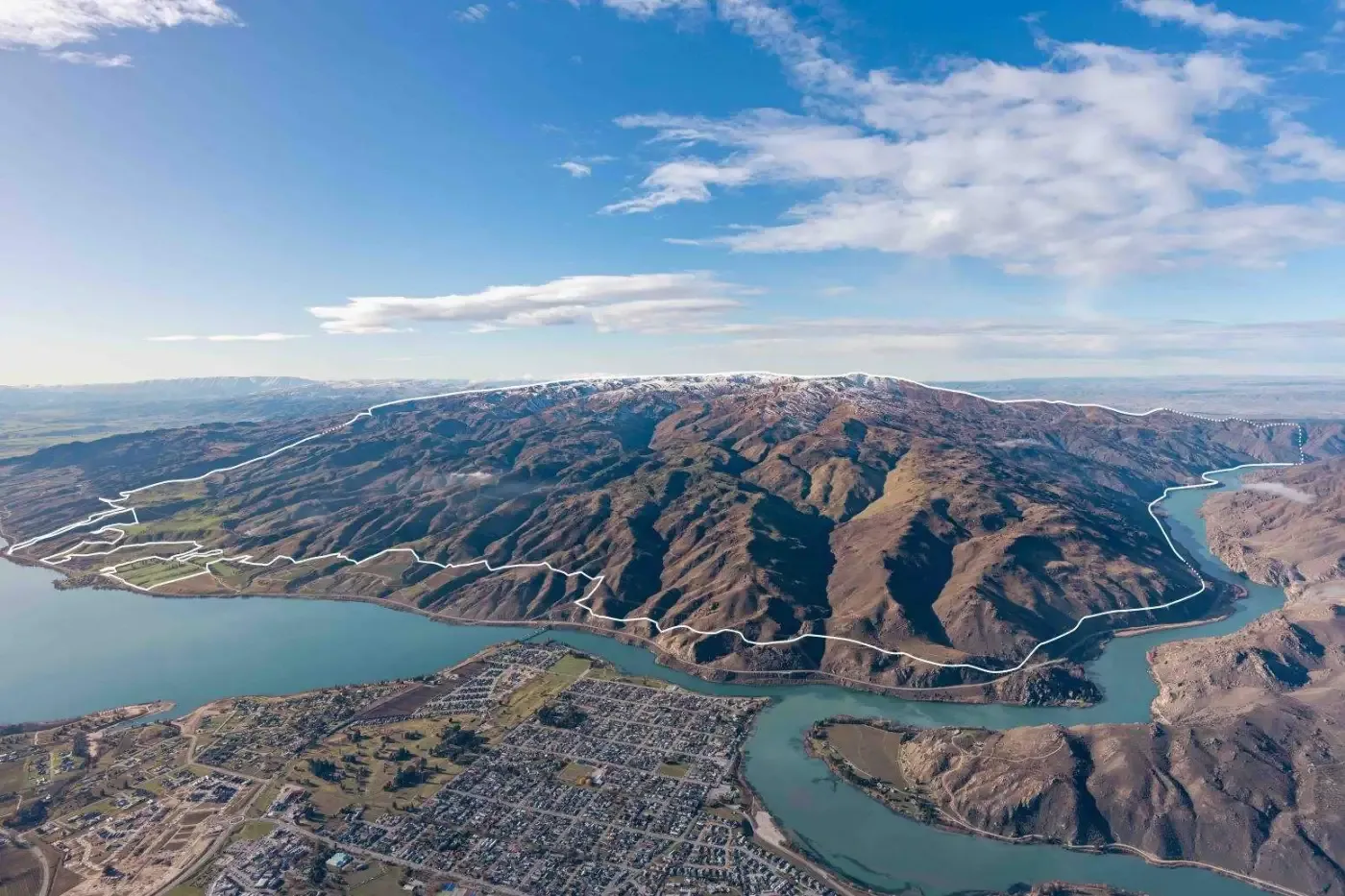Seven years is a long time to try to sell a property, but that’s exactly what happened to the Auckland owners of one of the largest freehold high country stations in Central Otago.
The picturesque Lake McKay Station sold last July for $21.5 million – according to OneRoof records – but only recently settled after months of delays including waiting for approval from the Commissioner of Crown Lands to transfer the crown lease land. The sale was also $3.4m higher than its RV of $18.1m.
The sheep and beef station, on the outskirts of Wanaka, is one of the biggest freehold farms in the region with 5270 hectares of freehold land and 852 hectares of crown lease land.
Late Auckland businessman Colin Harvey and his wife Mary purchased it in 2008 and, under their ownership, installed a $2m irrigation system and added a further 135ha adjacent to the Clutha River.
Start your property search
The station also had a luxury architecturally-designed homestead, along with a three-bedroom manager’s dwelling, two-bedroom staff quarters, a modern woolshed, large implement shed, and sheep and cattle yards.
When Harvey first put it up for sale in 2016, he said they wanted to sell it to spend more time with family and focus on business interests in Auckland. Tragically Harvey died in a water-related incident at Lang's Beach in Northland in January 2022 while the station was still in the process of being sold.
Read more:
- 'Epic' new-build sells for record price after lengthy negotiation
- Overseas buyer splashes over $1m on Palmerston North house for son
- South Island holiday park is a gold digger’s paradise in the heart of Narnia
The property was listed with several agencies who tried to offload the farm before it was finally sold by PGG Wrightson last year.
PGG Wrightson Real Estate salesperson Trevor Norman, who brokered the deal, said there was never any shortage of interest in such a unique property, but finding a willing, realistic buyer could be more difficult.
When it was first put up for sale, the property had been expected to attract both international and local interest. However, agents told OneRoof that tighter Overseas Investment Office rules made it tricky for anyone who was not a New Zealand citizen to purchase farms.

The large Central Otago high-country station was a mix of sheep and cattle grazing. Photo / Supplied

The varied terrain featured lower flats, warm basins, gullies, and expansive high country extending out to the Pisa Range. Photo / Supplied
The initial offer on the station fell over, Norman said, and the back-up offer from a local farmer and investor became the successful one.
Colliers rural and agribusiness director Shane O’Brien said seven years was a long time for a high-country station to sell and there were often high-net buyers waiting for these tightly-held stations because they don't often come up for sale.
Mt White Station, a large 40,000ha sheep and farm, near Arthur's Pass had been owned by the same family since 1924 until it was sold by Colliers in 2018 to a Czech businessman. Lukas Travnicek bought one of the country's largest stations to both farm and run an agritourism business offering accommodation along with mountain biking, beekeeping and various workshops.
More recently Colliers marketed Wentworth Station, located off State Highway 6 in Gibbston Valley, on 3365ha and the Glen Echo Station near Te Anau on 2831ha, which is a substantial deer, beef and sheep farm.
The Central Otago farms are not actively being marketed at the moment, but O'Brien said they received good interest from them when they were.
"There's definitely some high net worth individuals, successful business people who look at them for two reasons. One as a lifestyle type property or trophy property, but at the same time wanting to have a sustainable farming operation."
Farmers also looked at buying them to develop them for fine merino wool, convert into forestry or develop the recreational side of the property, he added.
Unlike Lake McKay Station, O'Brien said high country stations are predominantly Crown pastoral lease land with a smaller portion of freehold usually around the homestead.
There are currently only a couple of stations for sale at the moment including Northburn Station in Cromwell and Totara Peak Station in Twizel, but agents told OneRoof they expected to see more coming to the market over the spring and summer months.

Northburn Station near Cromwell is for sale with a price indication between $30m and $35m. Photo / Supplied
"You can go several years before there are any on the market sometimes."
Bayleys Canterbury rural salesperson Ben Turner said there was a low number of high country stations for sale at the moment and they usually came up for sale when people reached retirement or the line of succession ran out.
Turner said about 10 or 15 years ago there was a run of stations in the Rakaia Gorge for sale, but there hadn't been anything since.
"When they do come on, they are well sought after. They tend to be buyers that are buying for their own personal enjoyment or love of that type of land - rivers, lakes and mountains and the recreation it provides, but they also want to know that they can add value to the farming operations as well."
Turner said high country stations in the North Island, which are often more known as hill-country stations, are quite different to those in the South Island which were not suitable for those who are looking at forestry conversions.
"It's a totally different type of buyer and type of market ... your market down here is not foreign buyers looking for forestry in the high country, the market down here is high net-worth individuals - mostly New Zealanders or New Zealand citizens.
"We do have a number of those types of buyers looking for very specialist high county stations that would be legacy type properties for their families to own for generations."
Most want privacy and impressive scenery such as lakes, rivers and mountains so they can enjoy their hunting and fishing, he said.
While some wanted to be closer to the main towns and cities, others value seclusion and privacy.
Bayleys Gisborne owner Simon Bousfield said the number of foreign buyers who have previously purchased large stations to convert into forestry in the North Island had tapered off since the government introduced stricter rules requiring them to prove the benefit to New Zealand.
Those tougher rules, along with recent severe weather events, have acted as a deterrent, he said, leaving local farmers wanting to extend their operations or expand into other regions while securing an iconic station as the main buyers for hill stations too.
There are typically anywhere between seven to 15 stations, ranging from 1000ha to 6000ha-plus for sale each year, but this year it is down to two or three.
One of the highest sales of a high country station dates back to 2013 when North American investors gained Overseas Investment Office approval to buy the large Mt Pember station in the Lees Valley, in North Canterbury, for about $30m.
- Click here to find more high-country stations for sale












































































